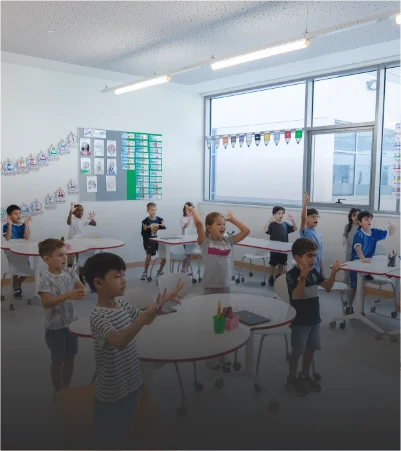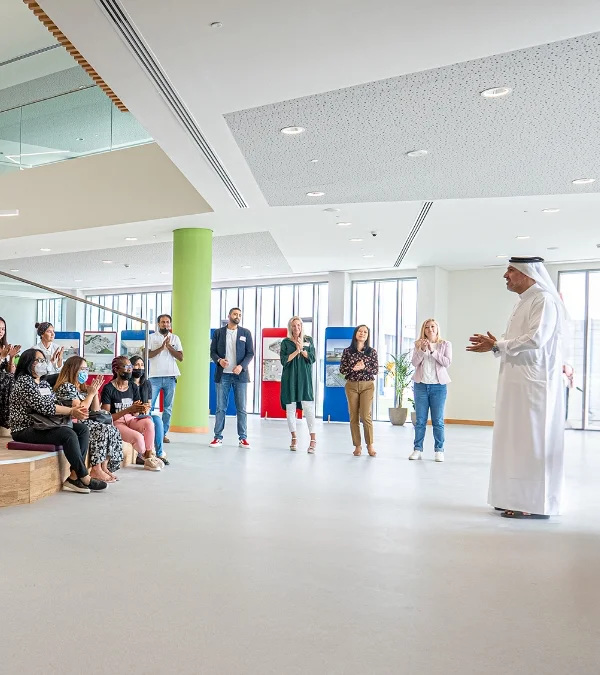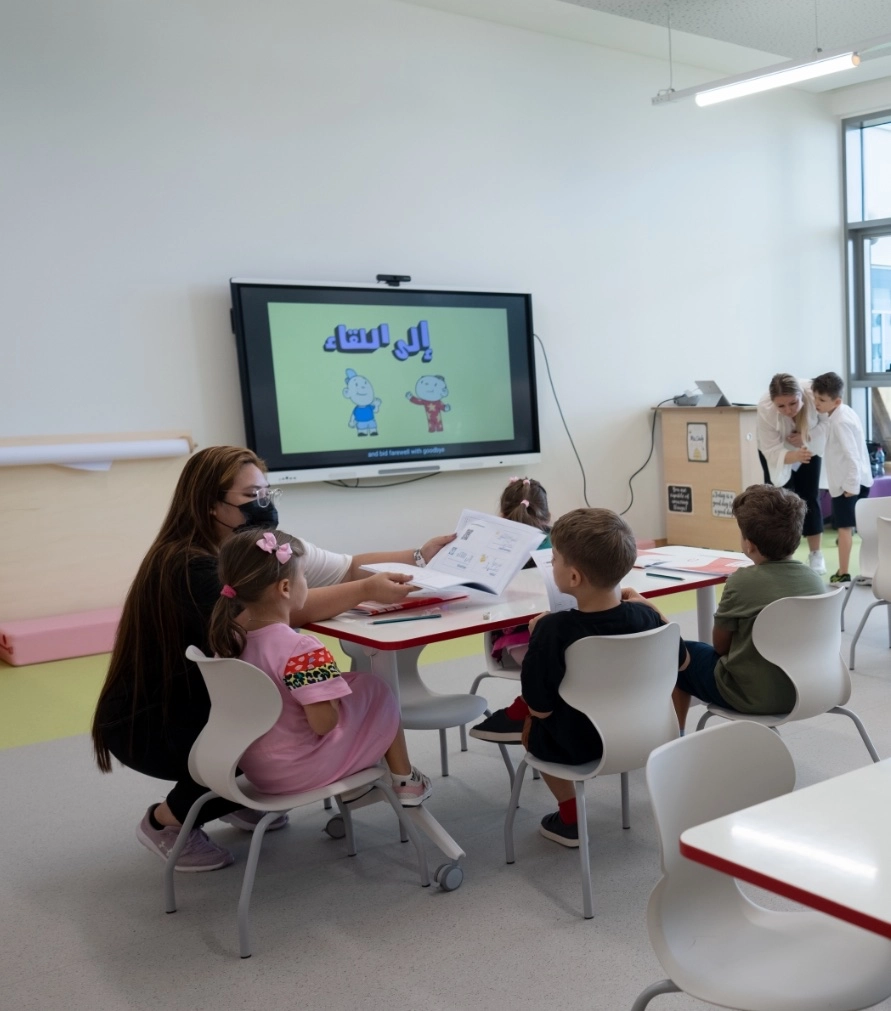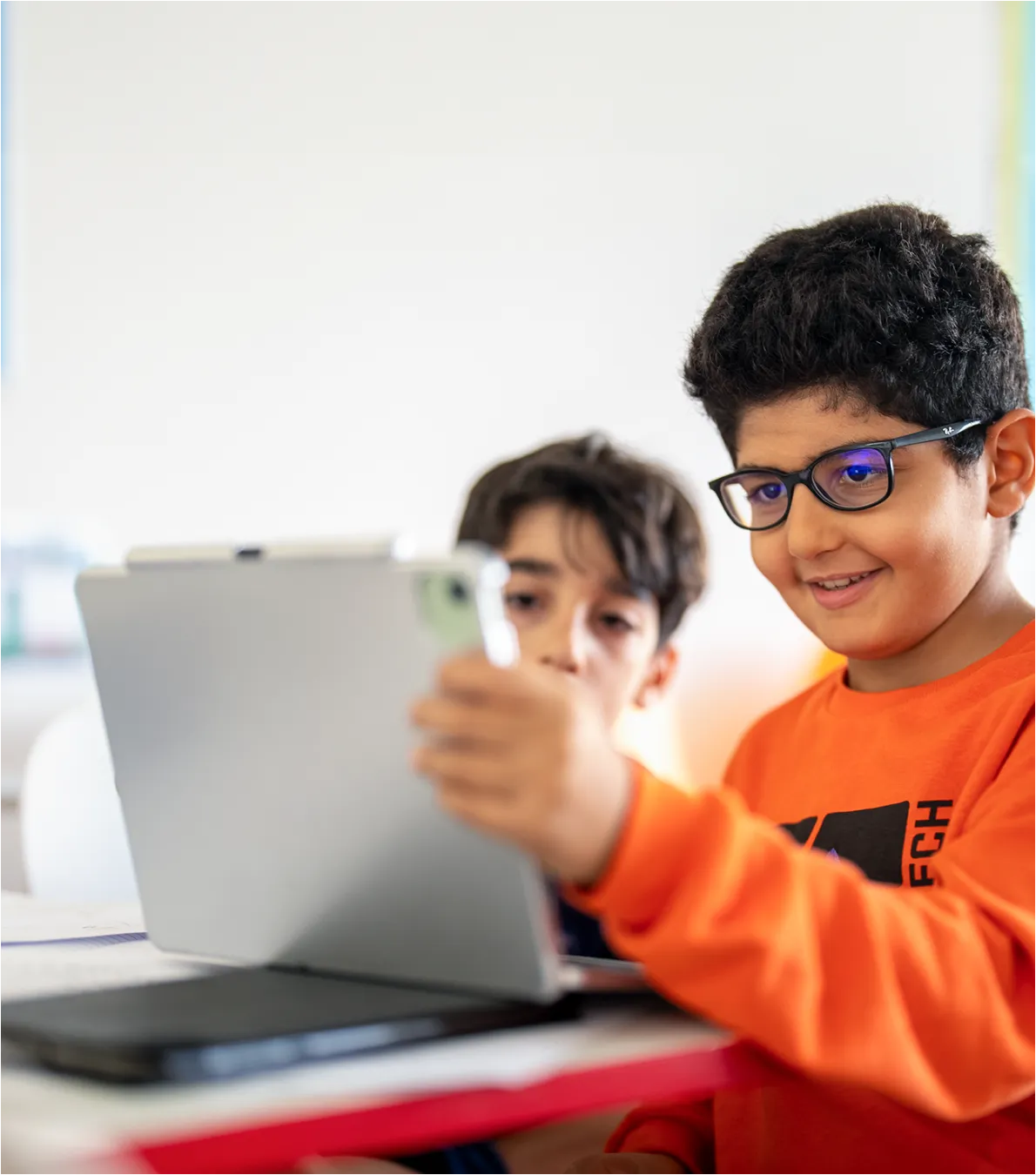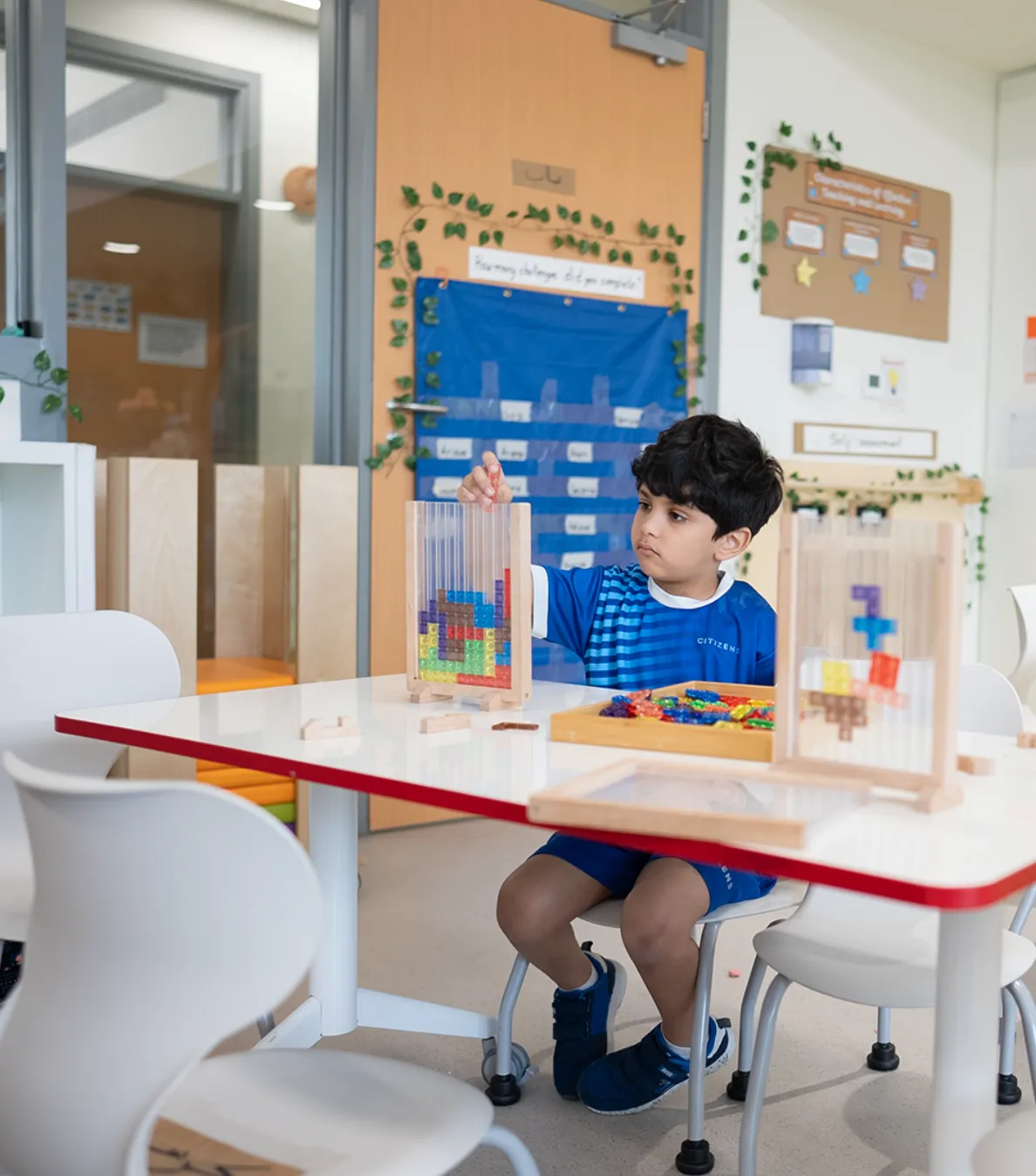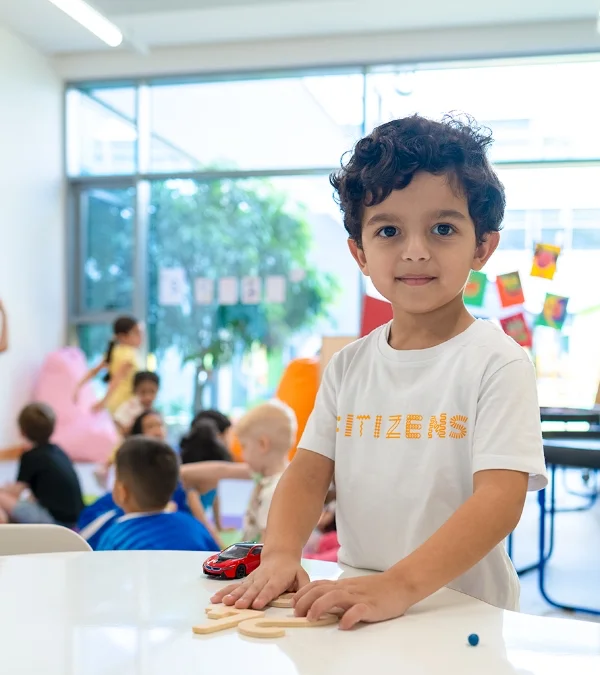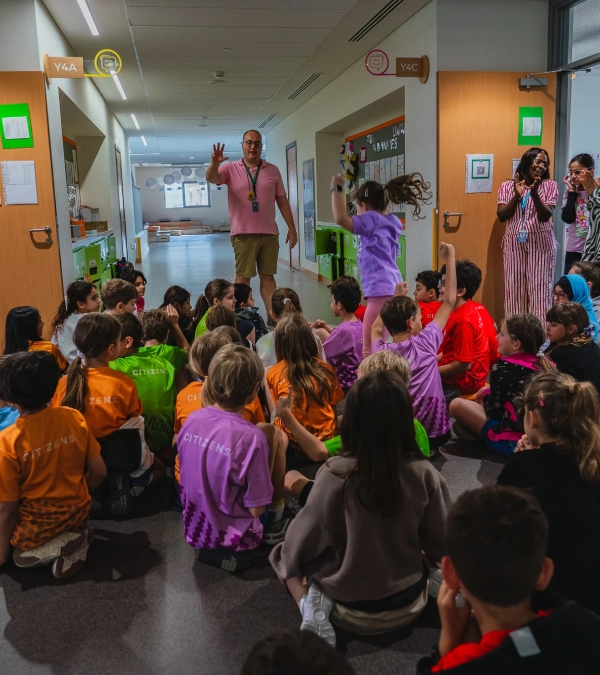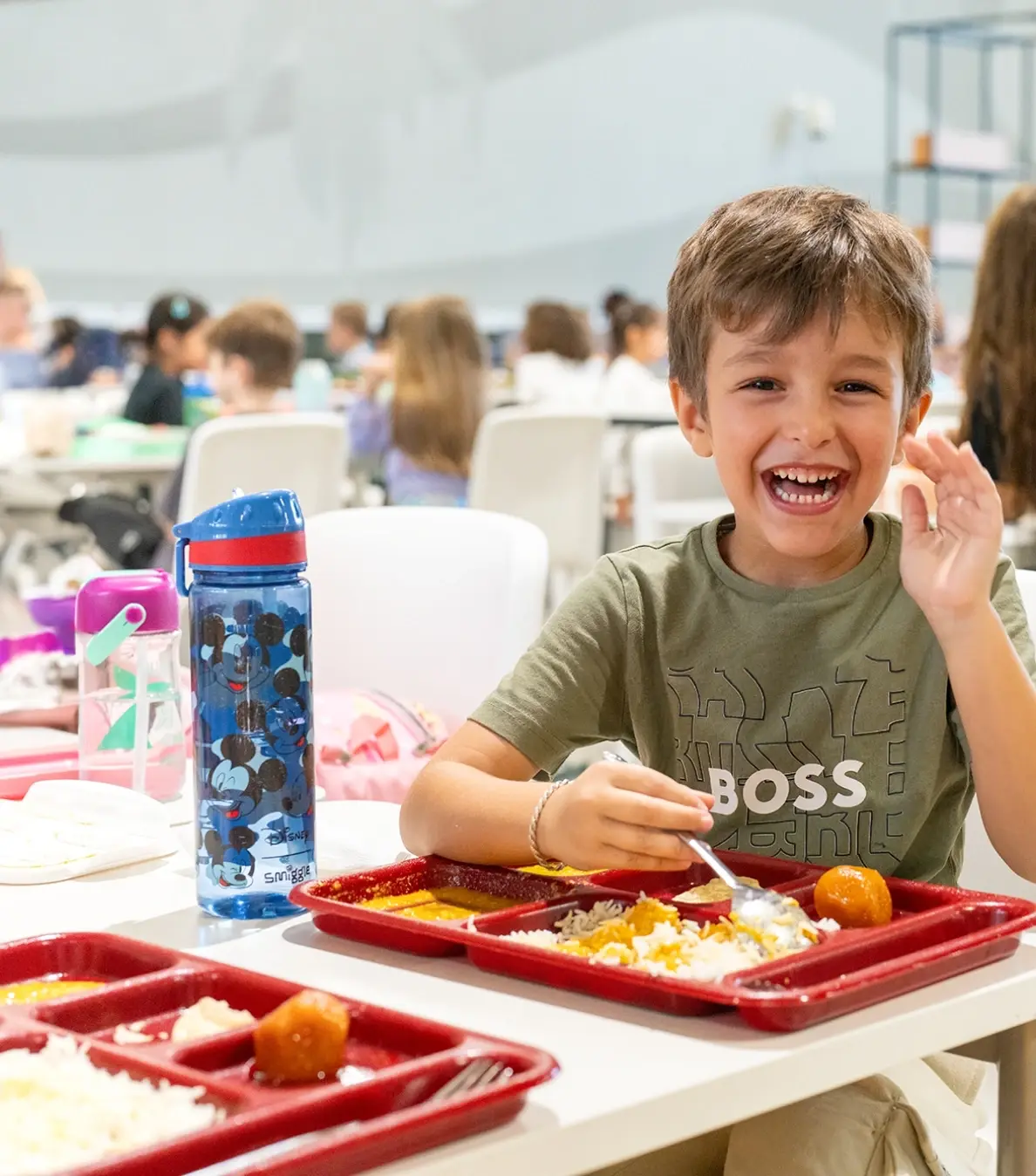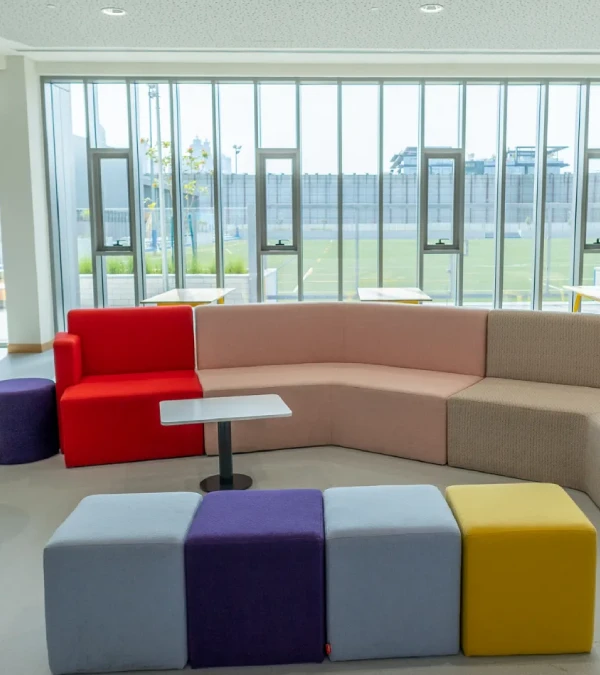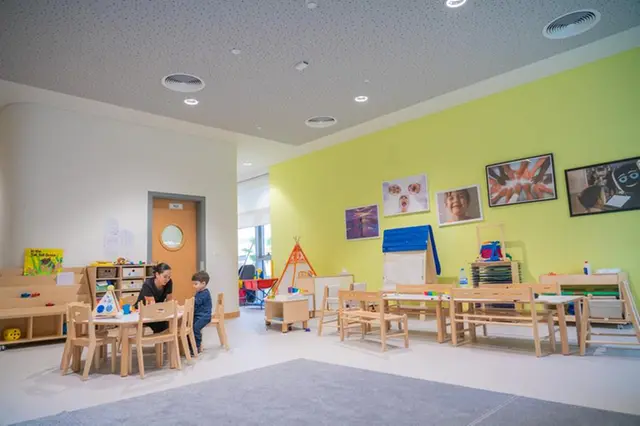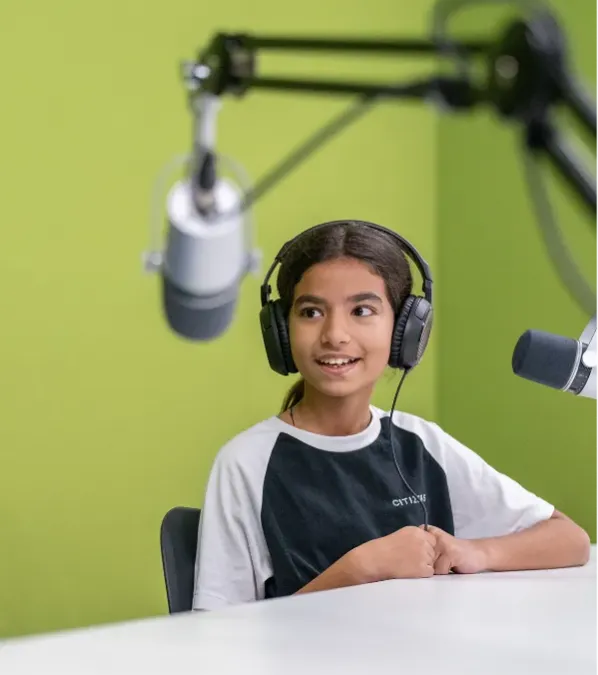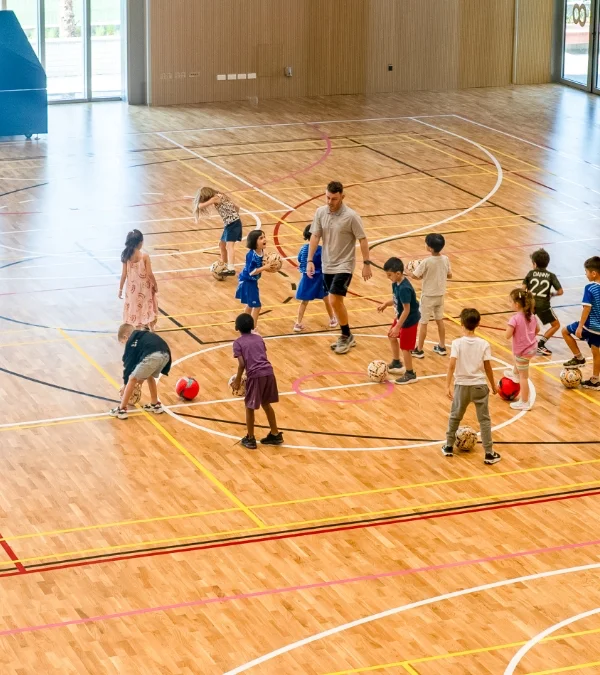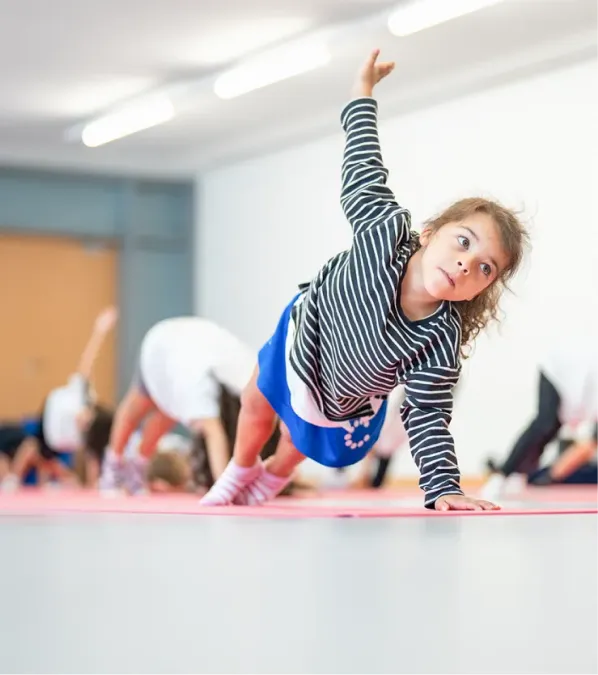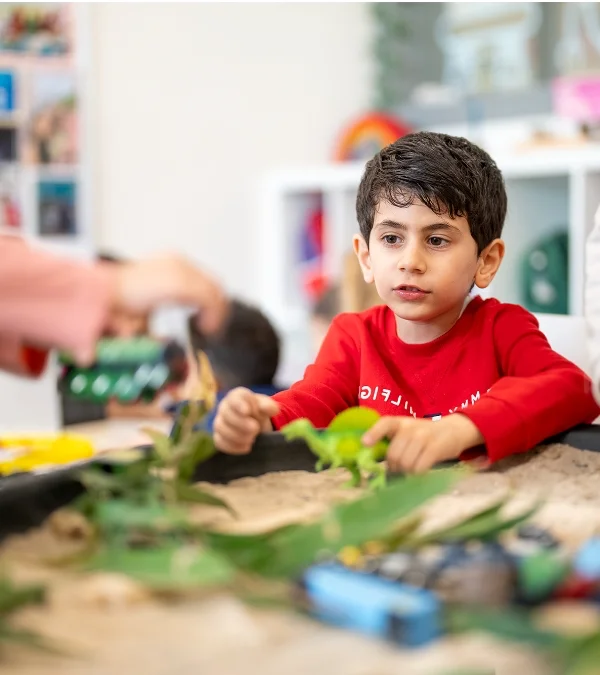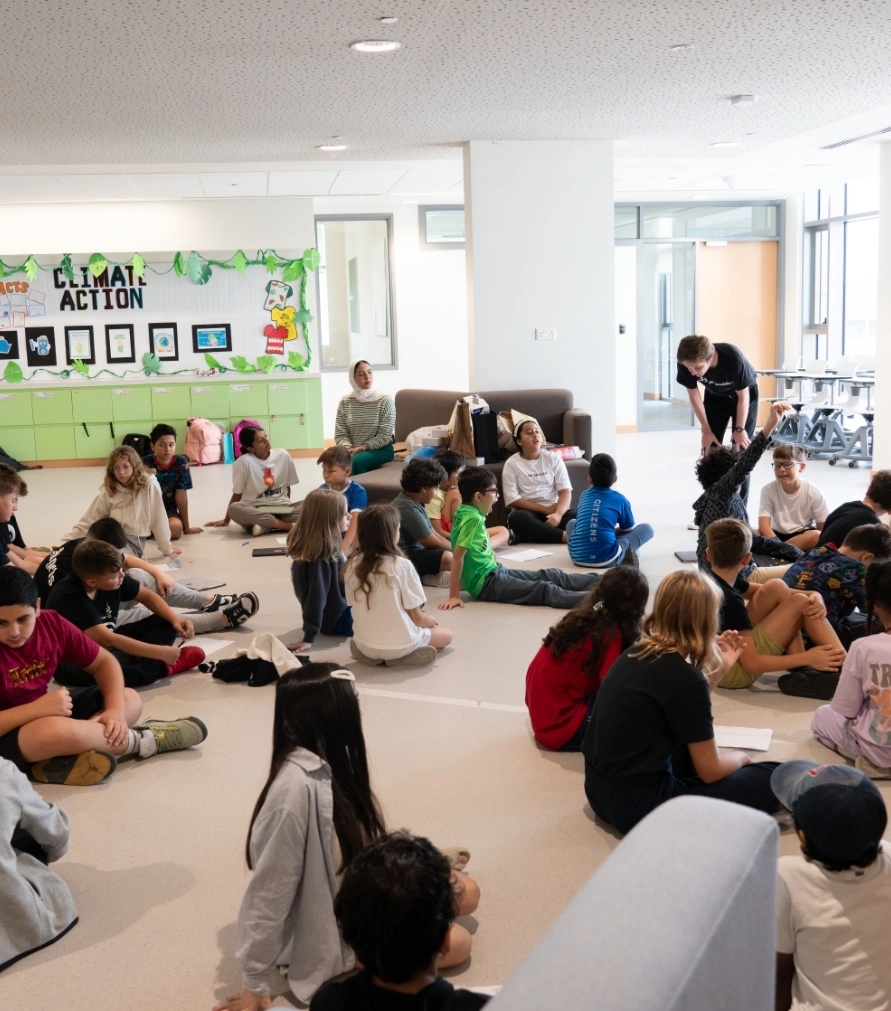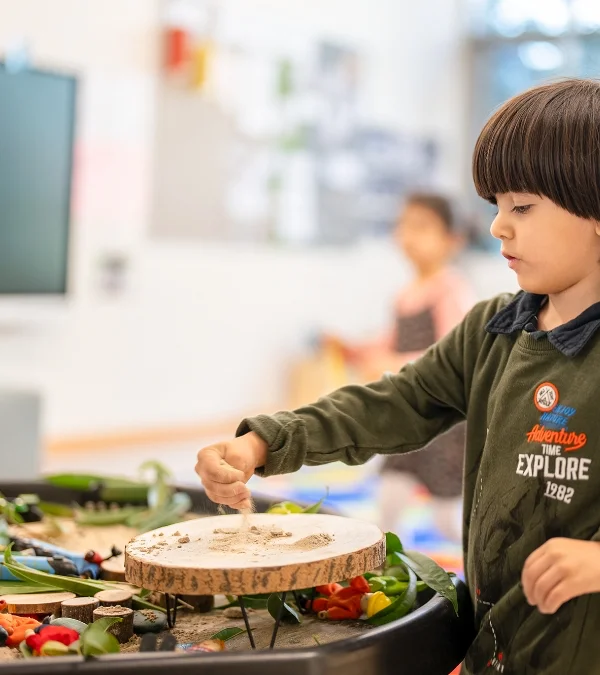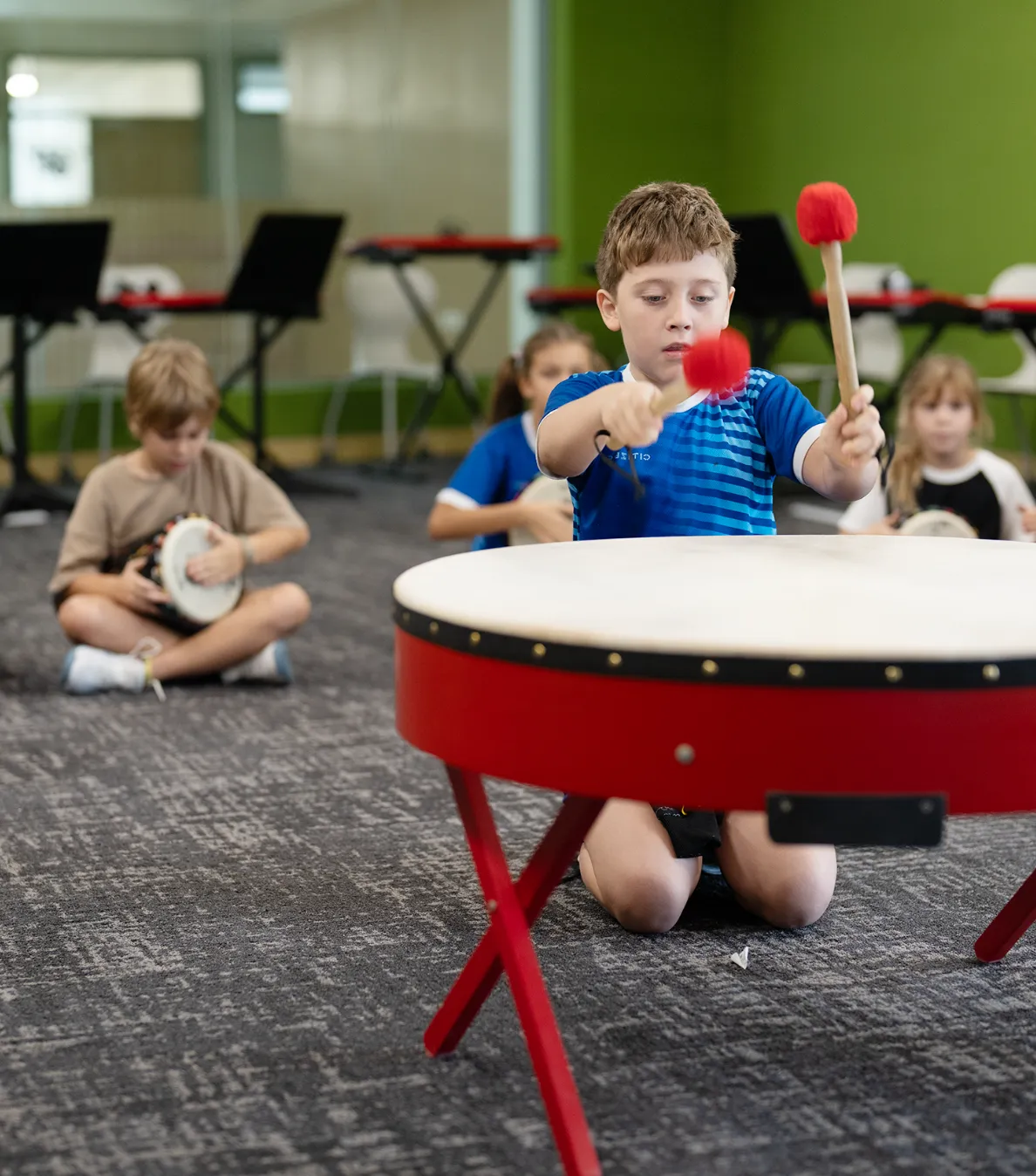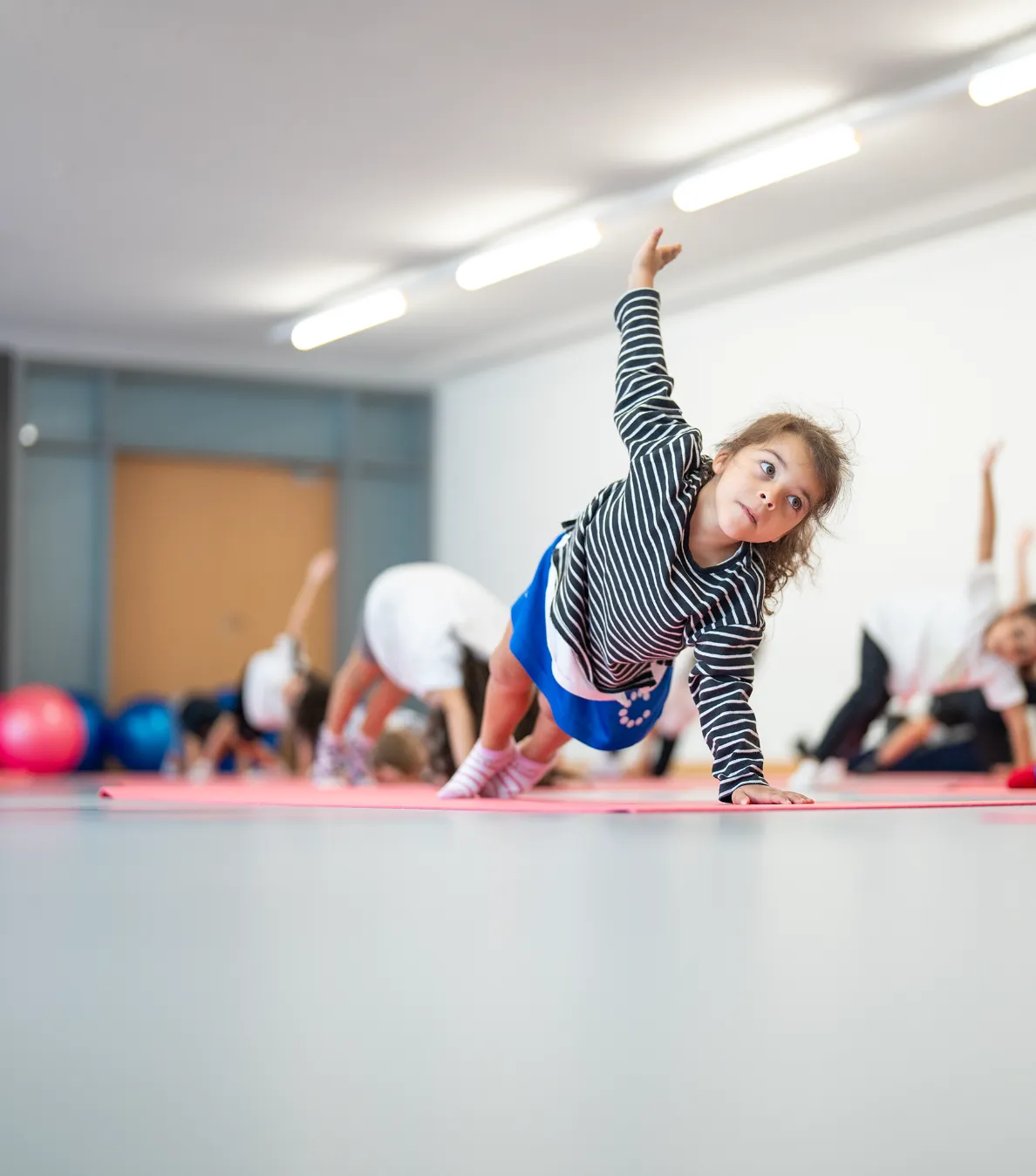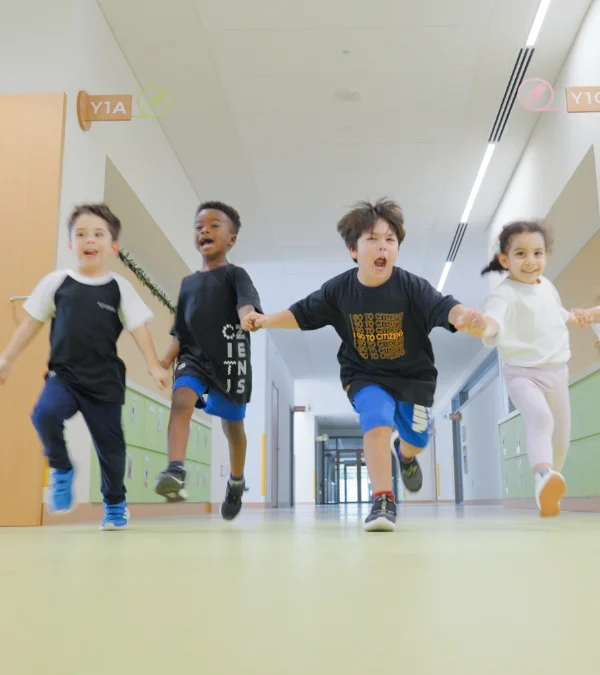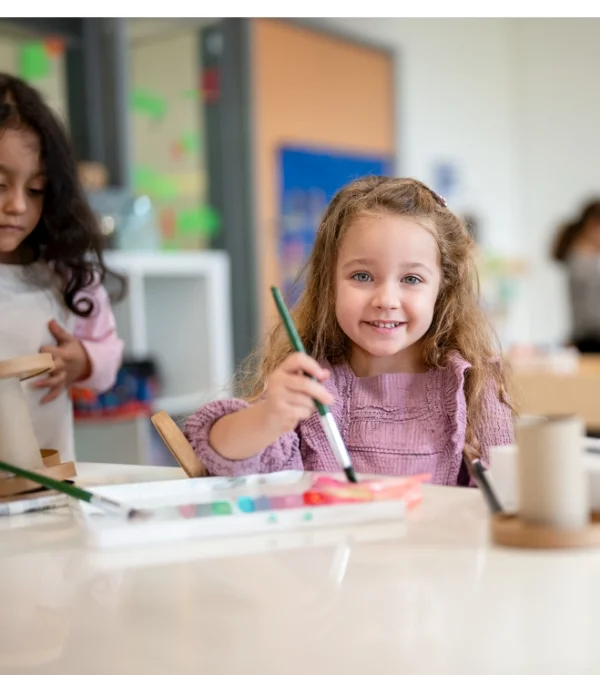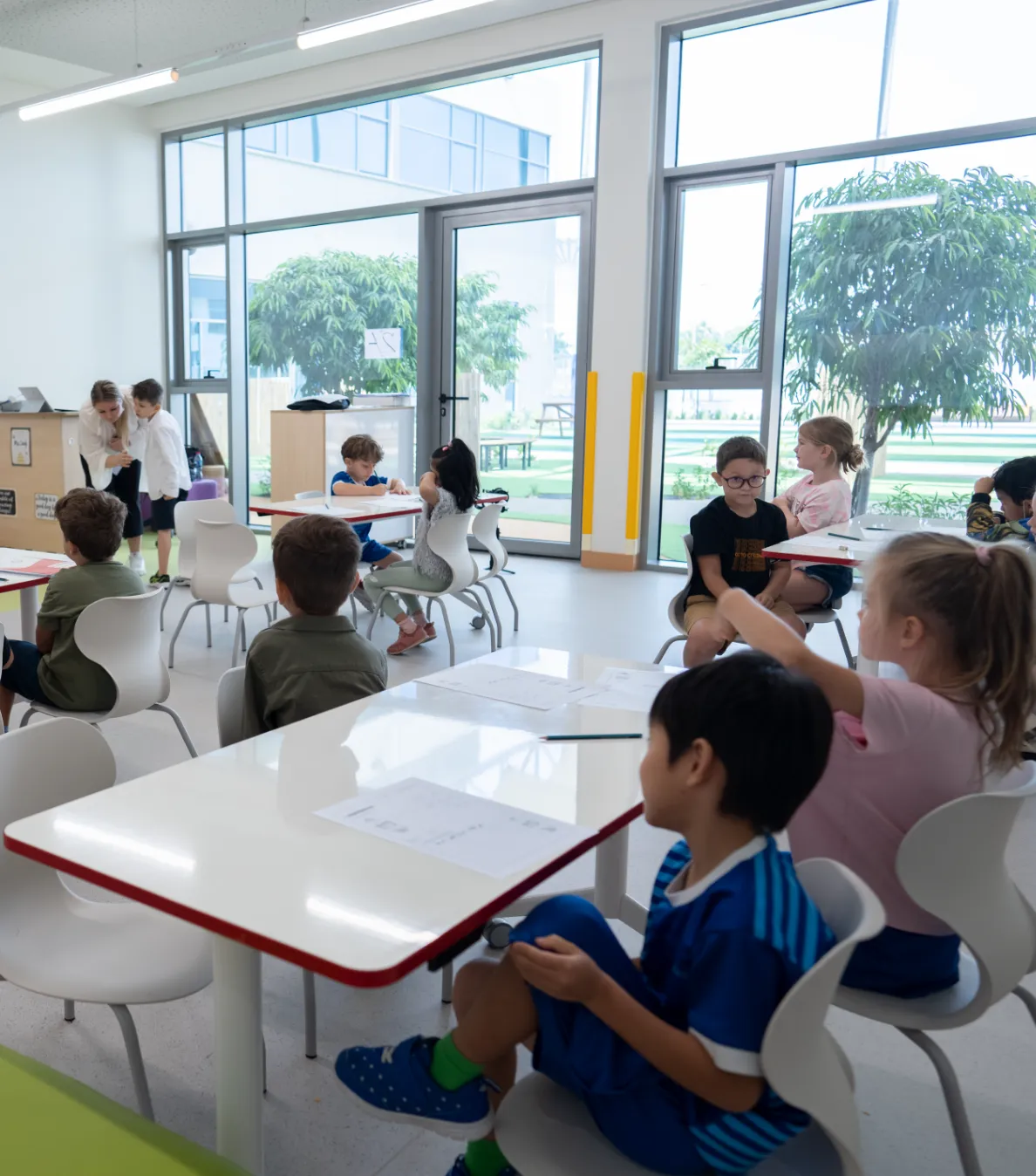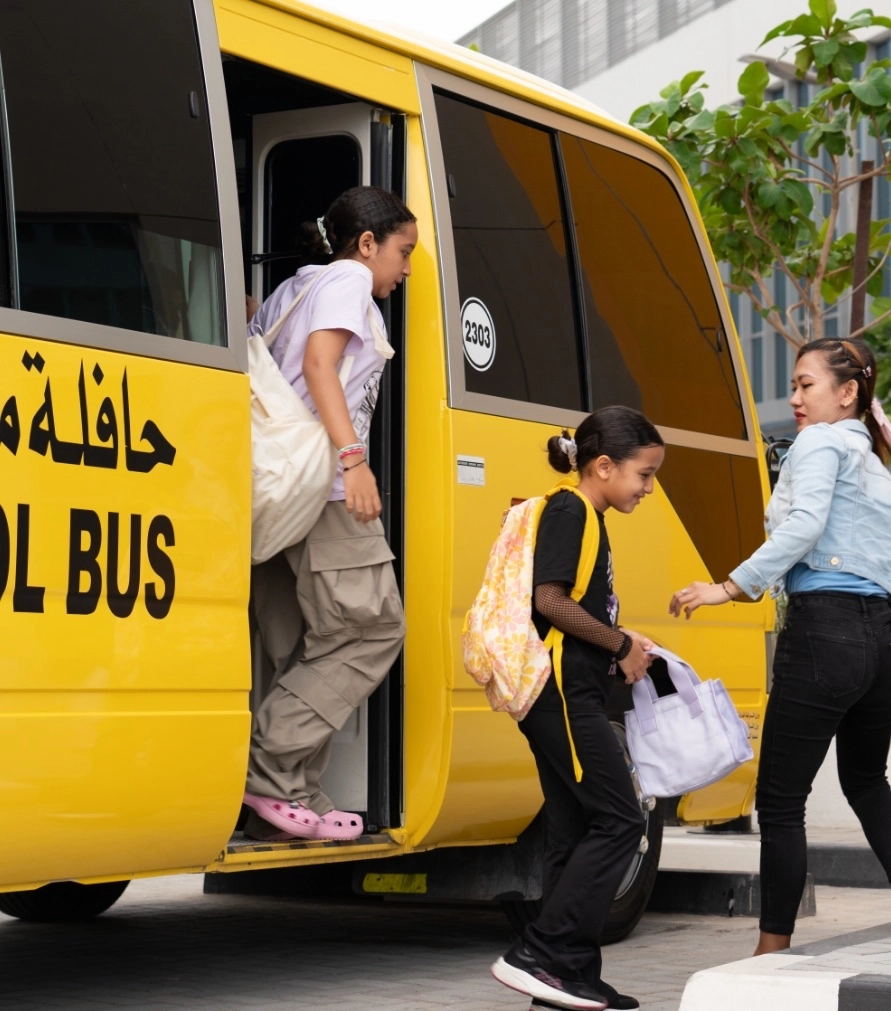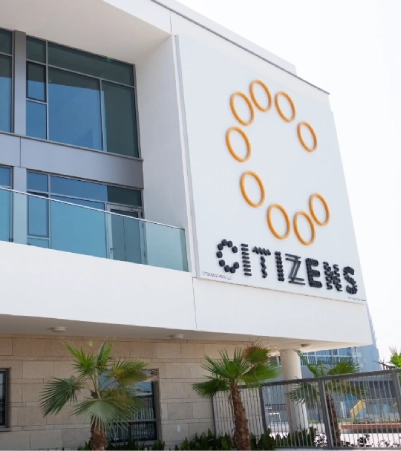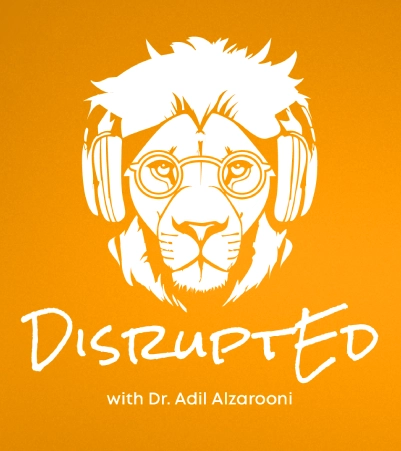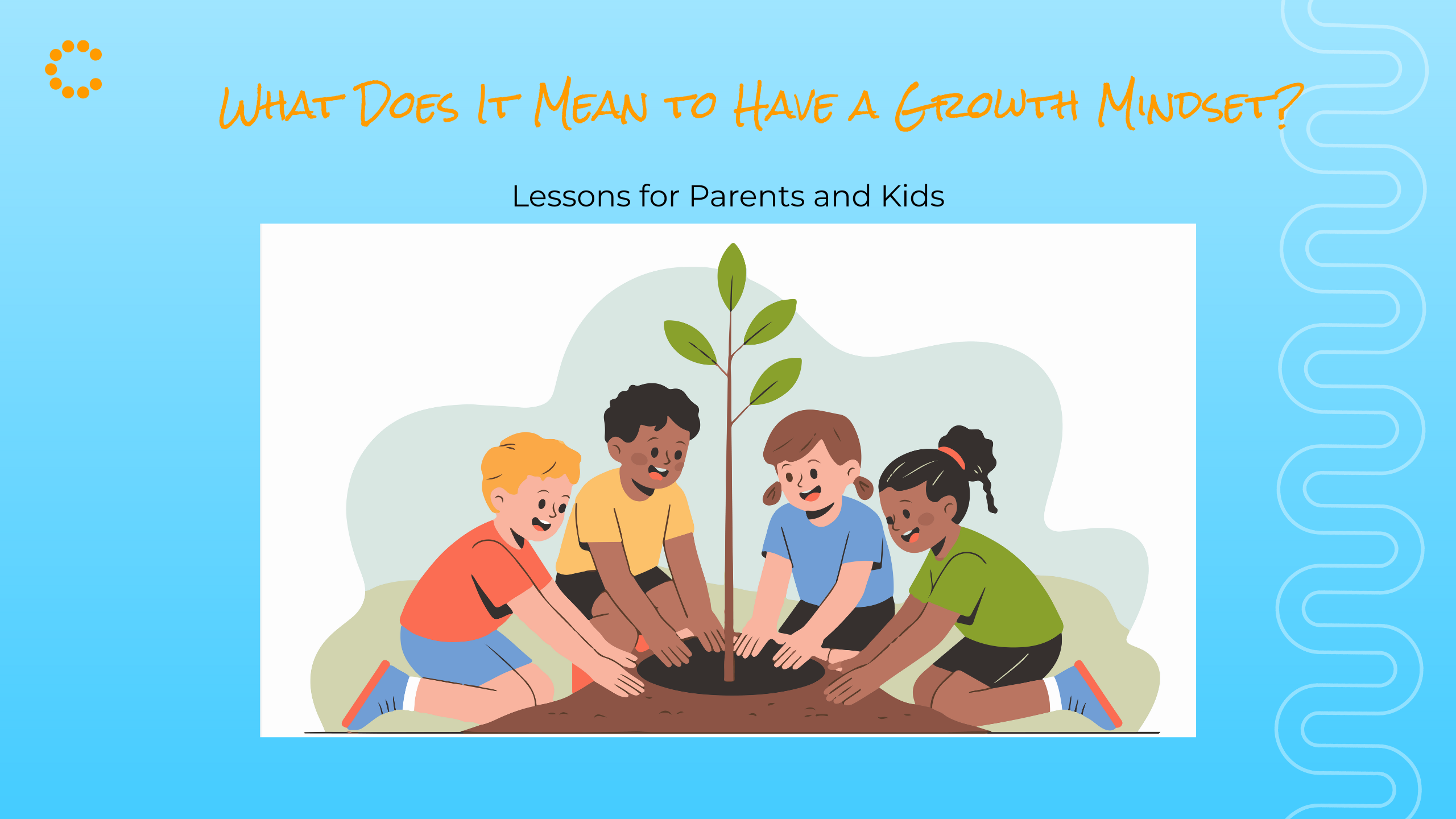
What Does It Mean to Have a Growth Mindset? Lessons for Parents and Kids
What if success wasn’t about how smart your child is but about how they respond to challenges?
The concept of a growth mindset in kids, developed by psychologist Dr. Carol Dweck, challenges the idea that intelligence and talent are fixed traits. Instead, it emphasises that abilities can be developed through effort, strategy, and learning from mistakes. For children, this mindset can be the difference between giving up and trying again.
Research shows that students who believe they can improve their abilities are more likely to succeed academically, demonstrate perseverance and resilience, and maintain a healthier self-image, even in the face of failure.
At home and school, how we talk to children about effort, failure, and learning shapes the mindset they carry into the world. And that mindset, far more than natural ability, can determine their long-term success.
Why Growth Mindset Matters in Childhood
A growth mindset in education helps children view challenges as opportunities, rather than threats. When nurtured early, it shapes how they approach learning, failure, and self-belief.
Here’s why it matters:
- Shapes self-identity early:
Children start forming beliefs about their intelligence and abilities during their primary years. A fixed mindset can limit how they engage with learning.
- Builds resilience to failure:
Kids with a growth mindset are more likely to bounce back from mistakes and try again, instead of giving up.
- Boosts motivation and curiosity:
Believing they can improve makes children more open to taking academic and personal risks.
- Supports better academic outcomes:
According to a recent study, growth mindset interventions led to improved grades and long-term motivation among students.
- Encourages emotional regulation:
A growth mindset helps children manage frustration, disappointment, and criticism more constructively.
- Promotes lifelong learning:
When effort is valued over perfection, children are more likely to stay engaged and curious over time.
Parents, educators, and caregivers play a vital role in reinforcing/nurturing the growth mindset. By praising effort over outcome, encouraging reflection after setbacks, and modelling lifelong learning, you lay the groundwork for a child’s emotional resilience and long-term success.
Signs Your Child Has (or Needs) a Growth Mindset
Children aren’t born with a fixed or growth mindset; they develop one based on their experiences, feedback, and the messages they receive from adults. Paying attention to their language, behaviour, and reaction to challenges can give valuable insight into how they view learning and effort.
Signs your child is developing a growth mindset:
- They embrace challenges and don’t shy away from hard tasks.
- They say things like “I can’t do it yet,” instead of “I’ll never get this.”
- They show perseverance after making a mistake, rather than getting upset or quitting.
- They ask for feedback and use it to improve their work.
- They take pride in effort, not just the outcome.
Signs your child may need support developing a growth mindset:
- They avoid difficult tasks for fear of failing or looking ‘bad.’
- They focus heavily on being right, rather than understanding the process.
- They interpret mistakes as failure, not learning opportunities.
- They get easily discouraged when they don’t succeed quickly.
- They make self-defeating statements like “I’m just not smart” or “I can’t do this.”
If these signs show up consistently, it’s worth exploring how you can reframe your child’s internal dialogue and experiences. A parent’s guide to growth mindset starts with shifting internal dialogue and normalising effort and failure as essential steps in learning.
Growth Mindset at Citizens School
At Citizens School, a growth mindset in education is central to how children learn. Learners are encouraged not just to absorb information but to reflect on how they learn, respond to challenges and grow through the process.
Here’s how the growth mindset comes to life at Citizens:
- Learning Through Trial and Error
Children are encouraged to take risks, experiment, and reflect on what didn’t work. Mistakes are embraced as valuable feedback, cultivating perseverance and resilience in students. This approach builds resilience and curiosity, two essential traits for lifelong learning.
- Language That Reinforces Effort Over Outcome
Mentors use feedback such as“You worked hard on that” or “What strategy did you try?” to reinforce the idea that ability is developed, not fixed. This shifts learners’ focus from being right to growing smarter.
- Celebrating Struggles as Part of the Process
When learners hit a roadblock, they’re guided to analyse what went wrong and try again. This not only builds confidence but also deepens understanding. Struggle is framed as a stepping stone, not a setback.
- Individual Goals and Reflection
Every child sets personal learning goals and reflects on their growth. These routines promote ownership and metacognition, the ability to think about one’s thinking, a hallmark of advanced learning.
- Mentors as Coaches
Faculty at Citizens act as learning partners, guiding learners through challenges instead of giving quick answers. The role of the adult is to ask the right questions and support, not solve.
By embedding these principles into the learning experience, Citizens help kids develop a growth mindset and promote both academic achievement and emotional development.
How Parents Can Encourage a Growth Mindset at Home
A growth mindset succeeds when children hear consistent positive messages at home and at school. Here’s how parents incorporate teaching a growth mindset at home.
- Praise the Process, Not the Person
Instead of saying “You’re so smart,” try “You worked hard on that problem.”
This helps children value the process over instant success and reinforces that effort leads to improvement.
- Reframe Mistakes as Opportunities
Talk openly about setbacks, your own and your child’s. Say things like, “That was tough, but what can we learn from it?”
This builds emotional resilience and reduces fear of failure.
- Use Growth-Oriented Language
If your child says, “I can’t do it,” add “yet,” and say, “I can’t do it yet.”
This small shift helps them understand that ability grows with time and practice.
- Model Lifelong Learning
Let your child see you learning something new, struggling, practising, and improving.
Show that growth is a lifelong process, not something that stops in school.
- Encourage Challenges, Not Just Success
Offer your child opportunities to try difficult things. Whether it’s a new puzzle, sport, or skill, embracing the struggle is key to developing grit.
Growth Mindset and Emotional Wellbeing
A growth mindset is deeply connected to emotional well-being in kids, helping them manage stress and develop self-awareness. When learners understand that challenges and setbacks are not threats but opportunities, their confidence and wellbeing improve.
Here’s how a growth mindset positively impacts emotional wellbeing:
- Reduces Fear of Failure
Children with a growth mindset are less likely to view mistakes as personal flaws.
They see setbacks as part of the learning curve, which reduces anxiety and fear of judgement.
- Encourages Emotional Resilience
Resilient children recover more quickly after disappointments. They’re more likely to regulate their emotions and re-engage with tasks instead of withdrawing or giving up.
- Builds Self-Awareness
A growth mindset encourages kids to reflect on what strategies worked, what didn’t, and why. This reflective practice promotes emotional literacy, knowing how to name and manage feelings constructively.
- Strengthens Empathy and Peer Support
Children who understand their struggles are more empathetic towards others and building relationships in school. They offer support, share strategies, and collaborate better in group settings, enhancing their social-emotional development.
- Creates a Positive Learning Identity
Kids start to associate themselves with being learners, not just achievers.
When schools and homes prioritise both mindset and mental health, children develop a strong foundation to navigate uncertainty with optimism and courage.
Final Thought
Helping kids develop a growth mindset is about shaping how they view themselves and the world around them. When kids learn that effort drives progress and that challenges are part of the journey, they become more confident, resilient, and emotionally grounded.
At Citizens School, these values are woven into every aspect of learning. From embracing mistakes as learning moments to encouraging reflective conversations, the goal is clear: empower children to become lifelong learners who approach life with courage and optimism.
For parents, the journey begins with small steps, modelling persistence, normalising failure, and praising effort. With aligned support from home and school, children grow into resilient, future-ready individuals prepared to thrive in the changing world.
